Plant An Italian Cook’s Vegetable Garden: 8 Authentic Varieties To Grow
Bring the luscious, bright flavors of Italian cuisine into your home with an Italian cook’s garden filled with the country’s best produce.

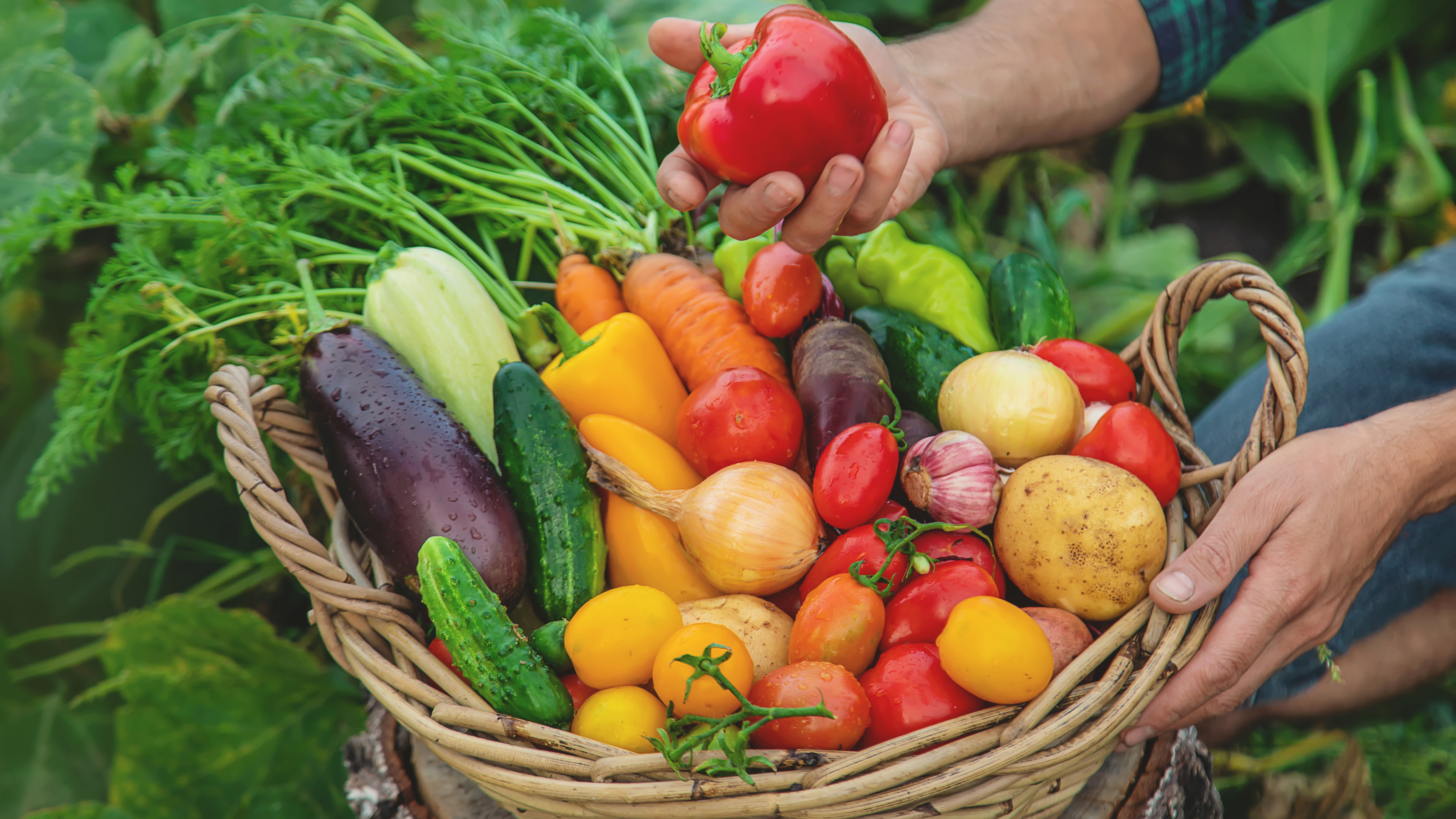
Picture every color of the rainbow, with herbs cavorting gayly with veggies, and edible flowers brightening the space, and you have an Italian garden.
When starting a vegetable garden, an Italian theme is a great place to start. Italy is known to have some of the most sumptuous cuisine in the world, and Italian cooks know the key to good food is good produce.
The country has a rich, and diverse soil, combined with microclimates that allow certain food crops to flourish and taste incredible.
Varieties that are prized in Italian cookery have been food staples for centuries and contribute to the unique flavors and textures found in the country’s cuisine.
The home gardener can select these varieties to grow and use to elevate their Italian recipes. Growing Italian vegetables and herbs will provide a little taste of Italia right in your backyard.
We’ve provided a comprehensive list of some of the tastiest produce to grow and use in your Italian recipes.
1. San Marzano tomatoes
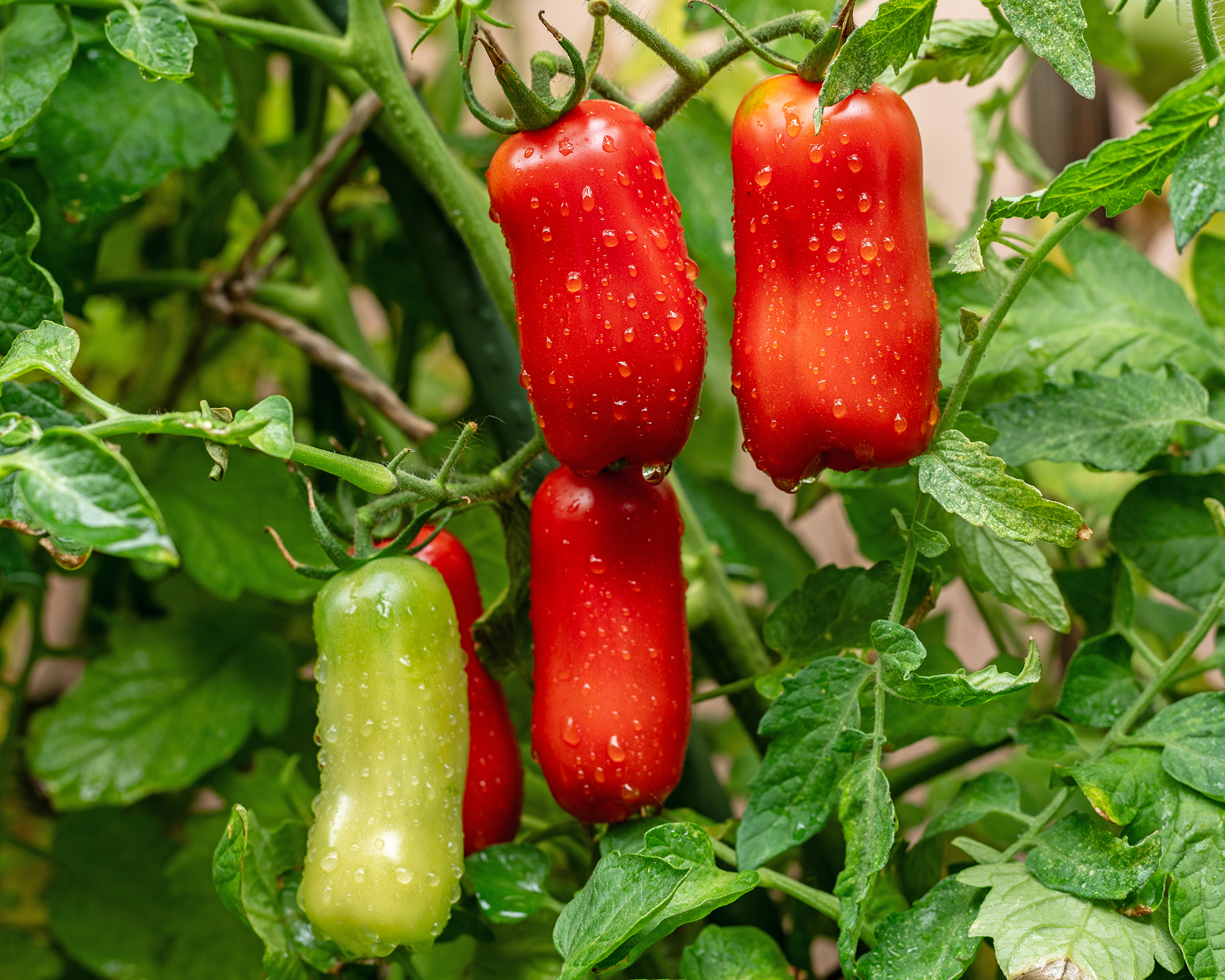
San Marzano is a municipality in Italy. It is also the name of a beloved tomato variety. In Italy, most of these are grown in Campania, just outside Naples.
Sign up for the Gardening Know How newsletter today and receive a free copy of our e-book "How to Grow Delicious Tomatoes".
The fruit is a plum variety and boasts dense, meaty flesh, and sweet flavor with a hint of acidity. Their texture and low seed count makes them an excellent sauce tomato.
The variety is indeterminate and can grow up to 8 feet (2m) in height.
Growing San Marzano tomatoes requires rich, well-draining soil with plenty of organic material.
Start seeds indoors eight weeks before your last expected frost. Transplant the seedlings when they have several pairs of true leaves, and farden the young plants off before planting them in the ground.
You can expect fruits within 75-90 days.
This variety is perfect for canning and even drying. If you need a substitute for this variety, try growing Roma tomatoes.
2. Marconi peppers
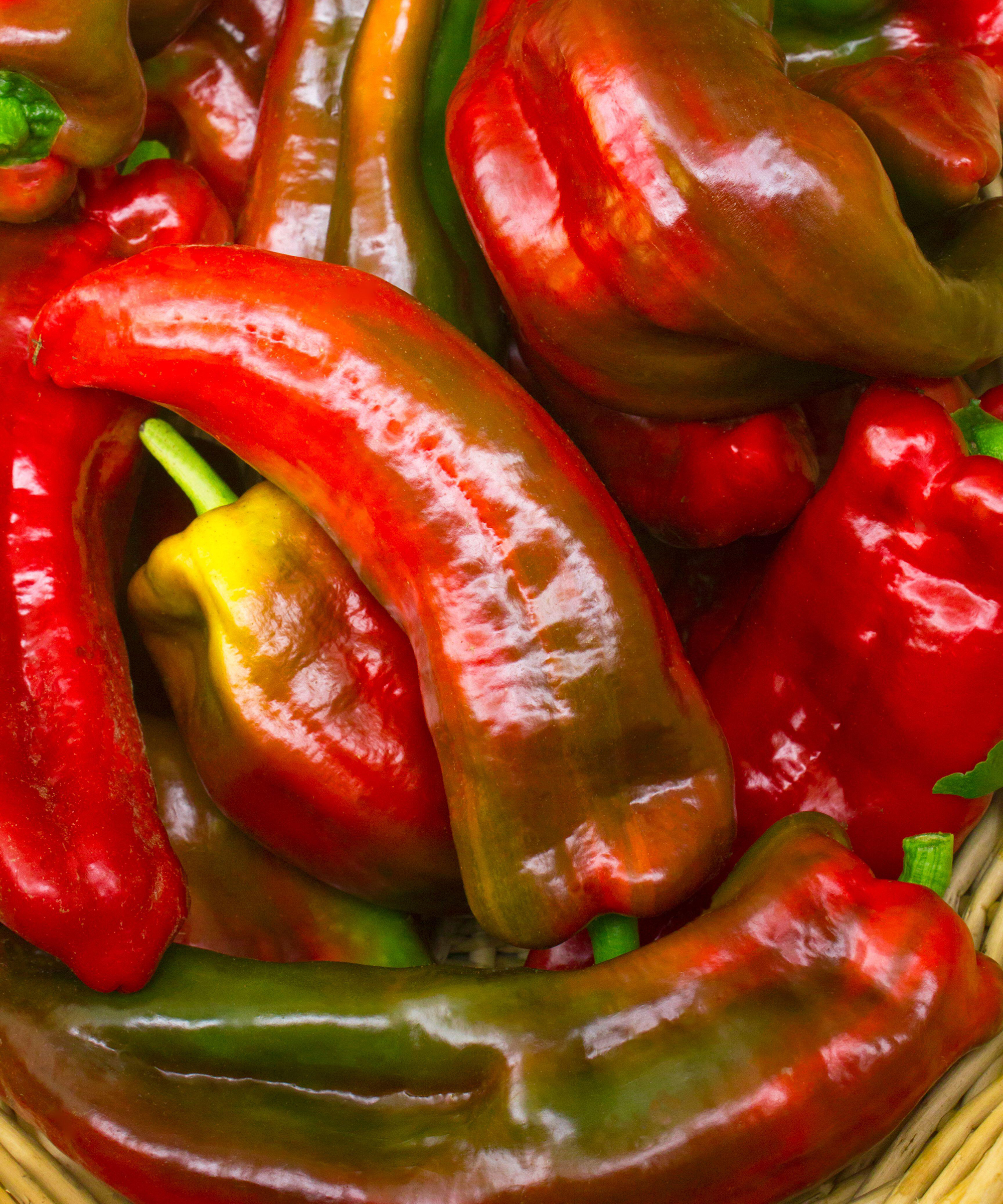
Peppers are a common ingredient in many Italian recipes. They are part of soups, stews, sauces, and roasted to highlight their flavor.
There are many types of Italian peppers to choose from, such as Corno di Toro, Quadrato d’Asti, and cute little Piccante Calabrese. But the Marconi is an Italian sweet pepper variety with heft.
Their rich flesh has a smoky sweet flavor perfect for grilling and other applications. They can grow a foot long (30cm).
The plants produce fruit in around 70 days and will continue until a killing frost. Place the plants in a full sun location and keep them moist but not soggy.
Marconi peppers often feature in Arrabbiata and other roasted pepper sauces.
3. Costata Romanesco zucchinis
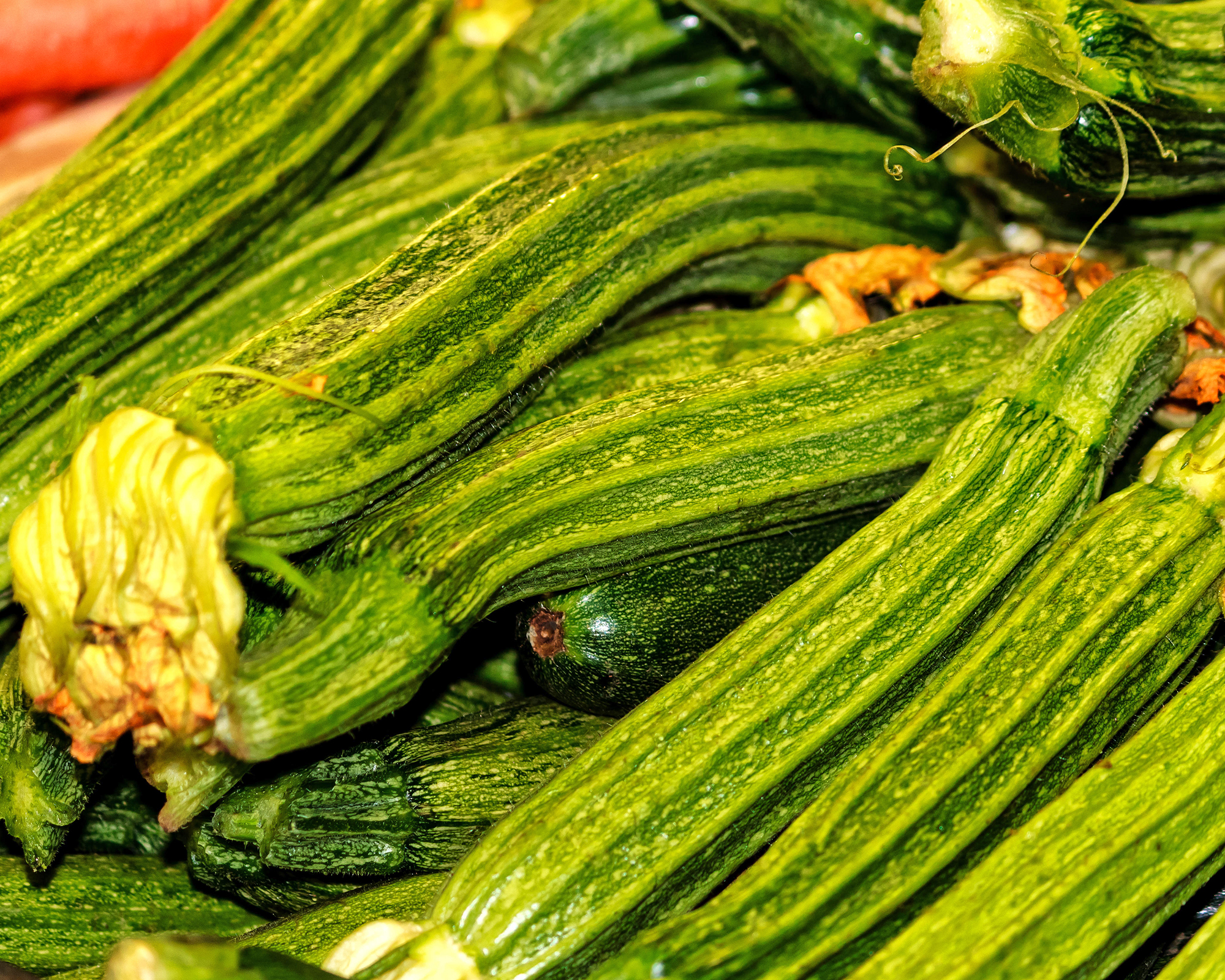
Squash, of many types, are common in Italian foods. Winter squash and summer squash will be found seasonally in a variety of recipes. Summer squashes are stars of the show in the warmer seasons.
Zucchini are versatile fruits that are excellent raw, roasted, grilled, and added to soups and stews.
Costata Romanesco zucchini are an heirloom variety. The skin is deeply green and ribbed; the flesh is white and has a delicate, slightly nutty flavor. The male flowers are delicious deep fried, chopped in salad, or stuffed.
To successfully grow Costata Romanesco, you will need fertile well-draining soil in full sun. The plant is semi-vining and will need plenty of room to grow.
Fruits will begin to be ready in 60 days and continue until the end of the season.
4. Arugula Sicilian rocket
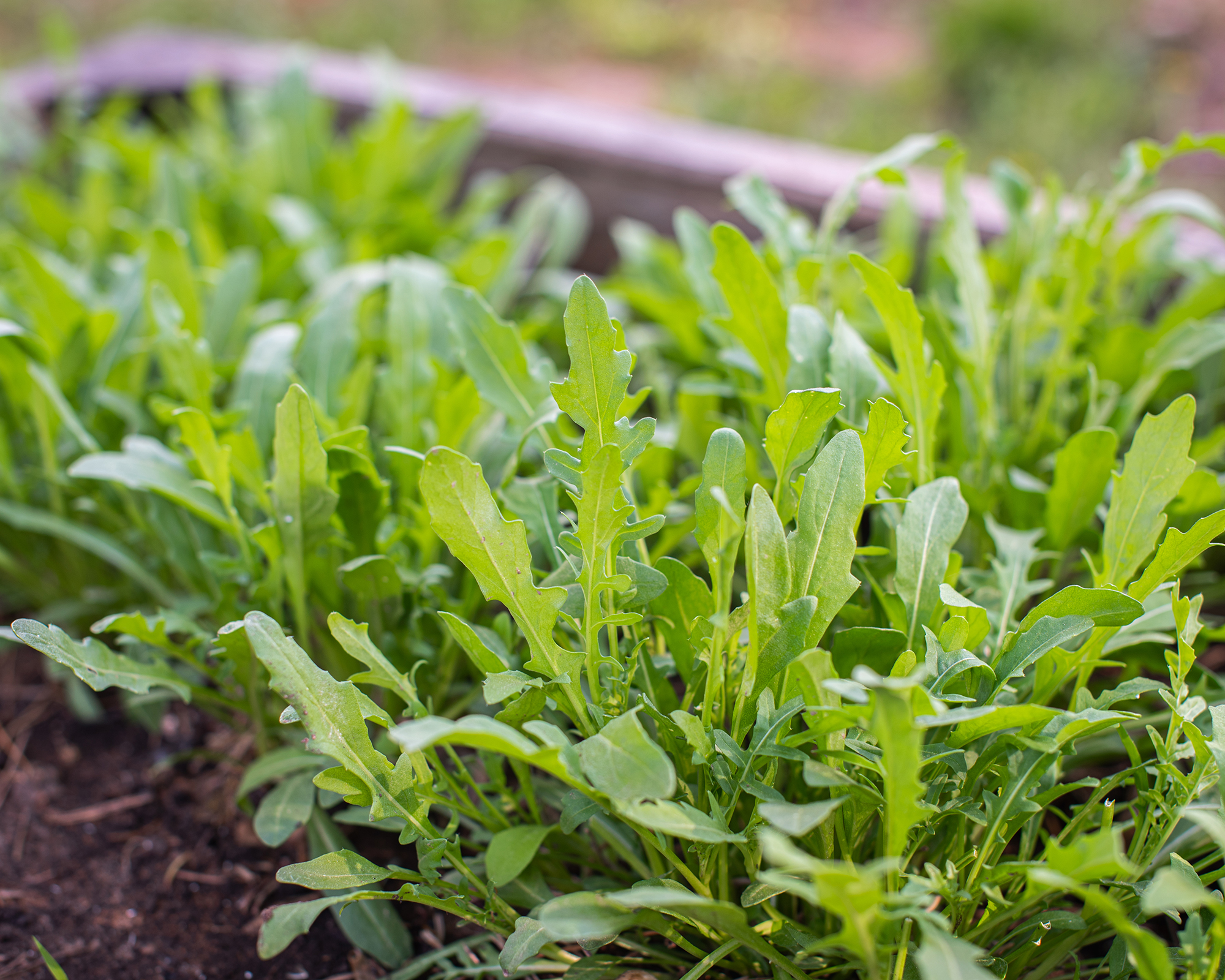
Featuring slender, delicately frilled leaves, arugula is a staple in Italian recipes. Eaten raw or sauteed, in salads, soups, and pastas, rocket has a slightly peppery flavor that amps up the rest of the dish.
The plant is an annual in the mustard family, hence the zingy taste. Black pepper notes combine with a dash of citrus for an unparalleled sensation.
Growing arugula from seed is easy. The crop prefers slightly cooler weather and should be sown directly into the ground as soon as it can be worked.
Keep weeds away from the plants and harvest the leaves when they are young. Older leaves and plants growing in hot weather can have a bitter taste.
5. Fagiolina del Trasimeno
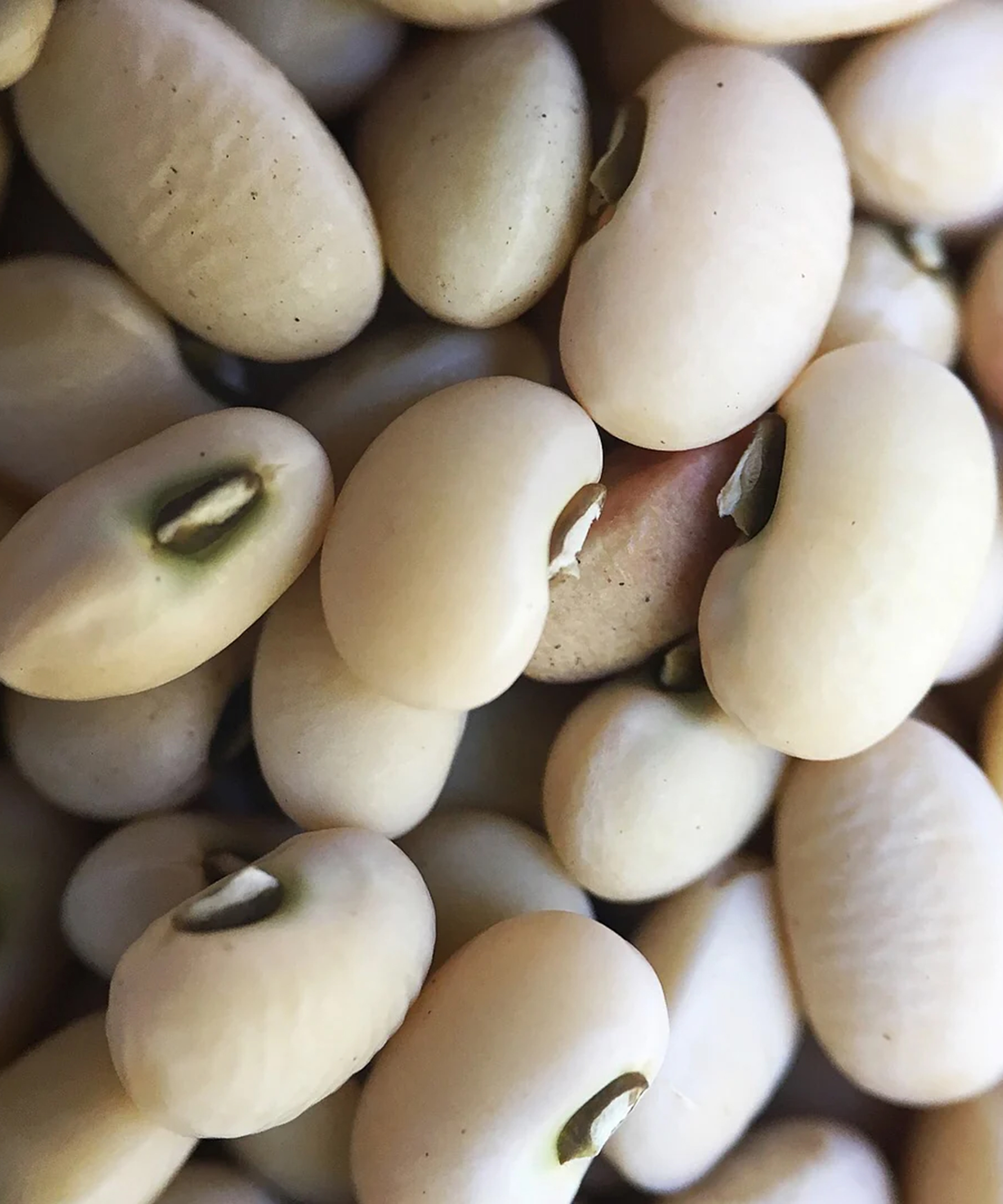
These beautiful little beans are grown near Lake Trasimeno. Fagiolina del Trasimeno is a small black eyed pea, although they are actually in a range of colors from black to tan to rusty red.
The beans do not need soaking before cooking and result in a creamy textured legume.
Directly sow these beans in well-draining, fertile soil in full sun after all danger of frost has passed. The plants vine and benefit from a trellis or other vertical structure.
Expect the first mature legumes 80 days after planting. Harvest every couple of days.
The beans can be added to rice and they will cook at the same time. Perfect for a delicious risotto.
6. Cima di Rapa Quarantina
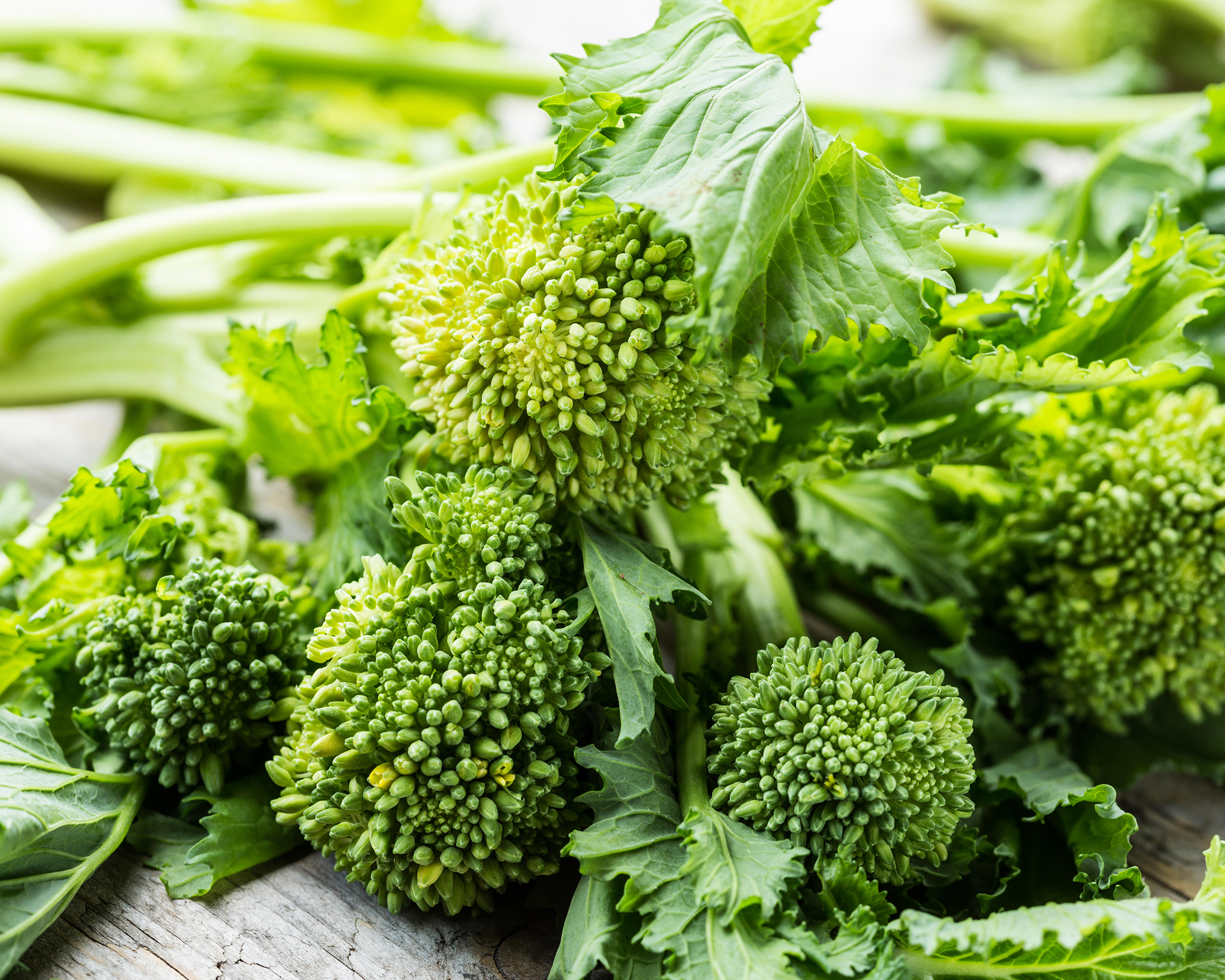
Developed from turnip tops, Cima di Rapa Quarantina is also known as rapini or broccoli rabe.
A zesty, robust flavor makes this vegetable perfect for eating raw or cooking. The flower heads, leaves, and stems are all edible.
This is another cool season crop that needs to be planted early in spring. Another crop may be sown at the end of summer for fall harvesting.
This delightful cousin of broccoli is ready for harvest in just 28 days.
The uses are endless with Cima di Rapa Quarantina. It may be a side dish roasted or steamed. Use the stems in stir fries, soups, stews, pasta, and salad. The vegetable pairs well with citrus and garlic flavors.
7. Nadia eggplant
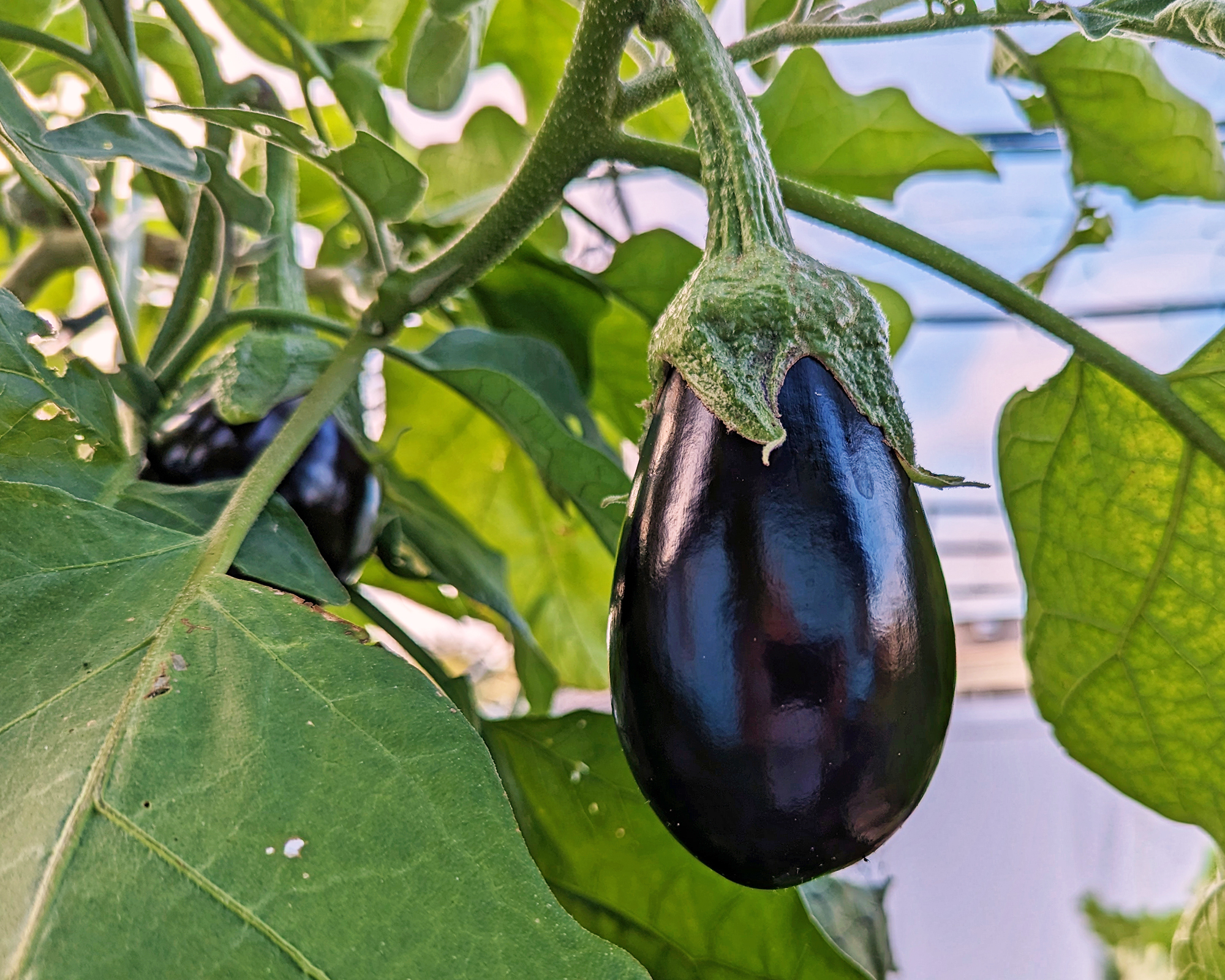
We can’t talk about Italian foods without including the humble eggplant. Eggplant parmigiana is a classic dish made popular in the country.
Nadia eggplant is a traditional black Italian variety with a slightly rounded shape. The fruits are uniform in size with shiny, black skin that is mostly blemish free. Their creamy white flesh is sweet.
Plants are best started indoors and transplanted after any frost danger. Fruits are ready 67 days after planting – harvest as soon as the color is deep and the skin is shiny. Older fruits may be bitter.
Nadia eggplants may be consumed raw but are best cooked in a variety of dishes.
8. Italian herbs
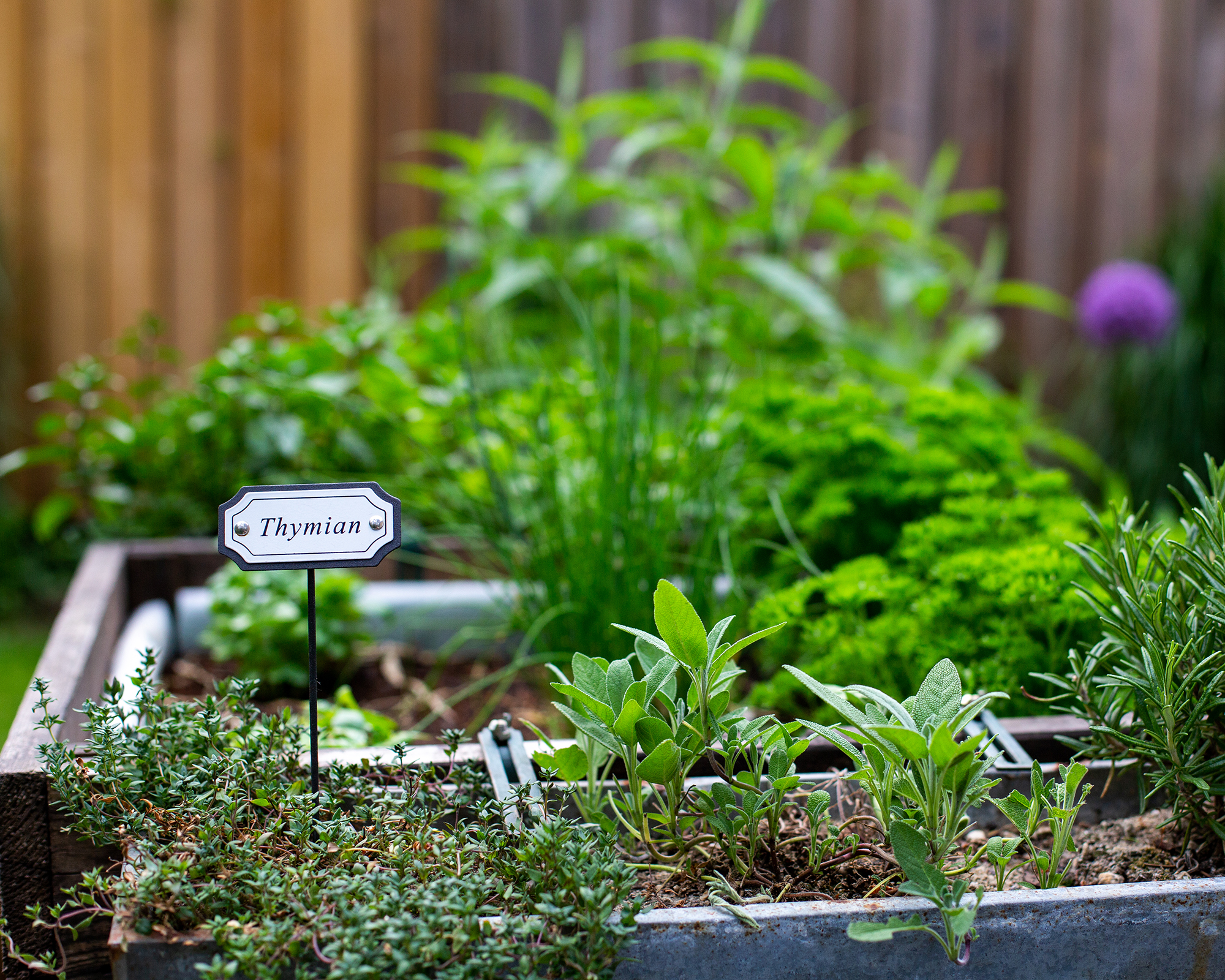
Herbs are what make a dish really sing. Mimicking the cooking style of the Italians requires several important herbs, and so an Italian herb garden is an essential addition to your Italian cook's vegetable garden.
Best of all, herbs in the vegetable garden serve as companion plants and will keep many common pests away from other crops.
The most often used herbs in Italian cooking are oregano, basil, parsley, and thyme. Any of these can be started from seed in a sunny location.
- Oregano flowers are a bee magnet and provide a pungent aroma and flavor to dishes.
- Basil has a delicate, slightly liquorice, sweet taste.
- Parsley adds freshness and color when added at the end of cooking.
- Thyme has an almost minty taste and pronounced scent that is classic with fish and chicken dishes.

Bonnie Grant is a professional landscaper with a Certification in Urban Gardening. She has been gardening and writing for 15 years. A former professional chef, she has a passion for edible landscaping.